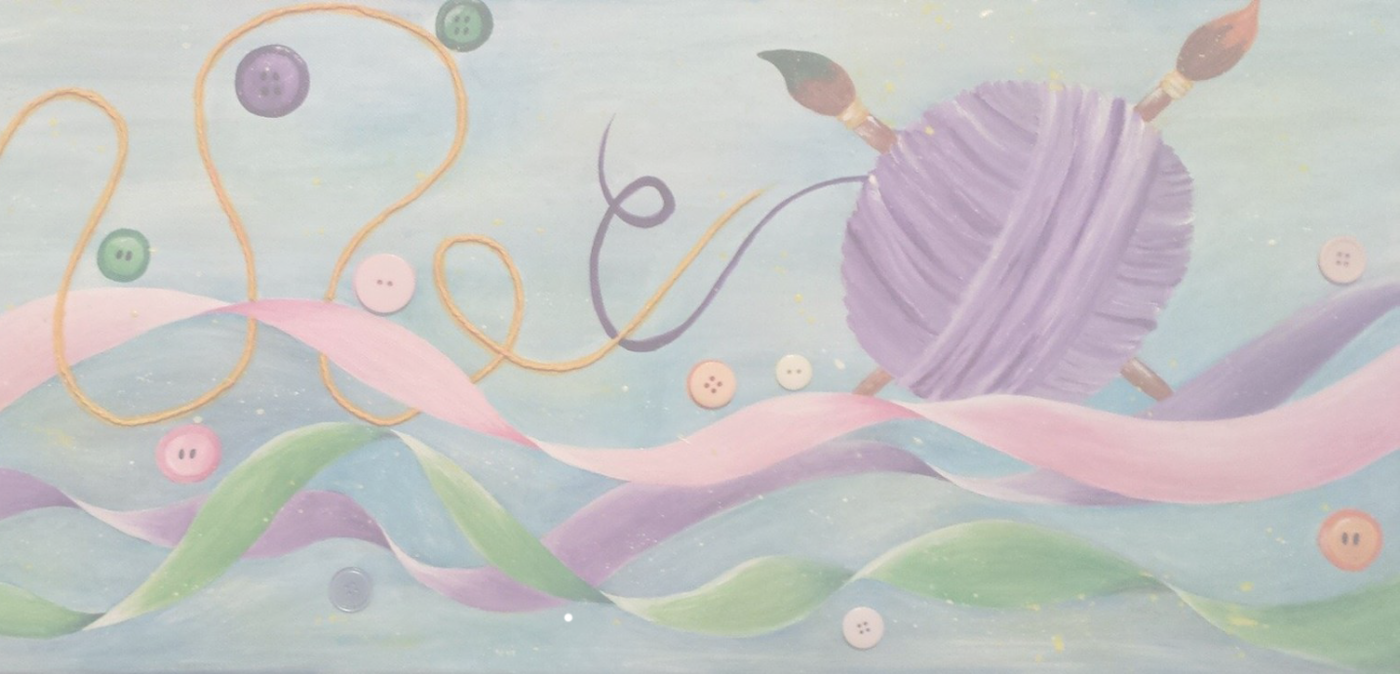Pros And Cons Of Polymer Clay
Clay sculpting can be a little intimidating for some to dive into, cost, skill and upkeep can all seem prohibitive for those looking to take their first steps in this field.
The more ubiquitous ceramic clays are relatively cheap when purchasing by volume but can be a pain to store and require a kiln to fire permanently. The speed at which it dries out and the process of reclaiming all the brittle, dusty, gritty wads that dry up can be irritating. Don’t get me wrong clay sculpting is amazing, fun and can produce wonderful results but I’m here to talk about a much less bothersome alternative.

Polymer clay is a wonderful alternative to regular clay for home sculpting projects. Raw, it has a consistency of plasticine and can be bought in varying degrees of hardness; this can later be softened by manually working it, running it through a pasta machine or adding a very small amount of alcohol/white spirit (personally I use a small dense sponge to apply it). Polymer clay bakes hard like ceramic clay but unlike ceramics, will fire at around 1300C rather than the 8000C to 20000C temperatures, eliminating the need for a kiln.

The clays can be bought pre-coloured and come with a variety of effects including clear, pearlescent, glittery and glow in the dark. The fired clay can be painted over in acrylics or poster paints and there are plenty of cheap air-dry glazes that can be used with it.
There are also fewer potential health hazards when working with polymer clays, as unlike ceramics they don’t dry and leave a powdery build-up which could cause serious long term health issues if accidentally inhaled or ingested (something we were warned about seemingly every few minutes in college), also a number of ceramic glazes are incredibly toxic.

Polymer clay is considered to be non-toxic (still, don’t eat it), although it isn’t suitable to eat from, so any cups or plates you might want to make are probably best left to ceramics ,making sure you use the correct finishing glaze. Even though it may be tempting to borrow kitchen implements for sculpting, it’s also best not to use any implements for either types of clay that you may want to use later for food preparation, using the home oven is fine but it’s best to use a disposable baking sheet and clean up and bits/residue left behind.

The only real problem with polymer clay is that it tends to be a little more expensive to get hold of but that is offset by a huge margin when it comes to its ease of re-use and the cost of finishing a project.
I’ve personally had a lot of fun working with it and we run workshops for making miniature polymer clay sculptures, jewellery and beads as well as having material available for purchase and use during our daily drop-in sessions.
There are also plenty of video tutorials that can walk you through projects and give you some idea of the versatility of the material, such as one of my favourites:
For more information on our workshops check our events calendar, or for inquiries on future clay workshops check our Facebook page (or join our mailing list) or to see the kind of work our resident polymer clay sculptor does have a look at Wolfiesworks.

